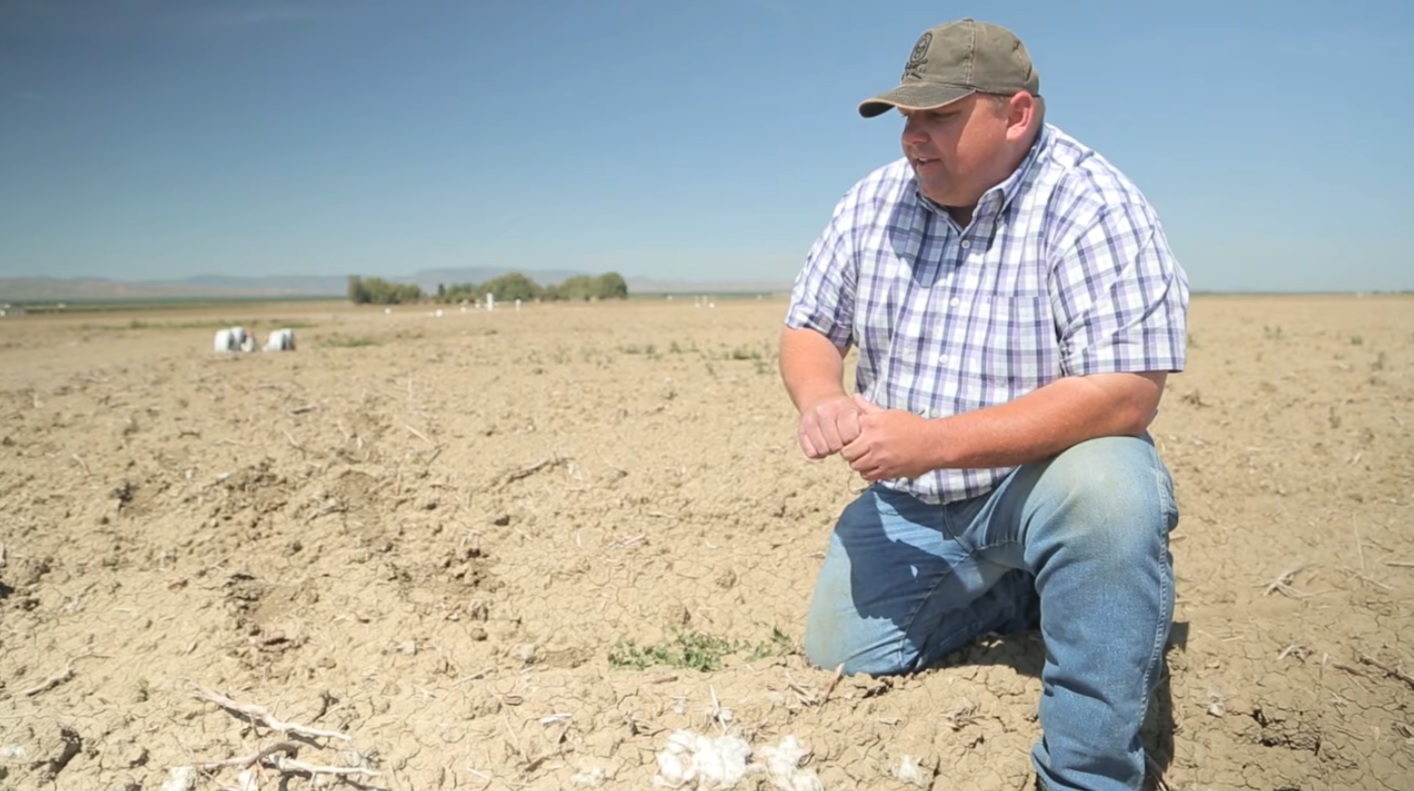
By American Farm Bureau Federation,
he cost of growing crops could outpace revenue for many farmers in 2022, making it more difficult to break even despite rising commodity prices and increased demand both domestically and globally. The American Farm Bureau Federation is launching a series of Market Intel articles examining rising farm production expenses.
The first report concludes that farm production costs are likely to increase 6% in 2022, which follows a 12% increase in 2021. This continues a trend stretching back several years. Since 2013, farmers have seen almost all production expenses increase. For example, livestock and poultry expenses have gone up 46% and marketing, storage and transportation costs have increased 59%.
Farmers are seeing a number of production cost increases including:
- Rising fertilizer, seed and chemical prices, which now make up to 17.5% of on-farm expenditures
- Rising fuel and energy prices, exacerbated by uncertainty due to the Russia-Ukraine conflict
- Increased costs of labor, both on-farm and for agribusinesses serving farms
- COVID-19 disruption of labor markets and production
“The rising prices for fuel, fertilizer and other supplies create an unwelcome counterforce to higher commodity prices,” said AFBF President Zippy Duvall. “Higher prices for crops are getting a lot of attention right now and of course help farmers balance the books, but when expenses are rising just as quickly or even outpacing revenue, the financial gains evaporate. Right now, there are serious concerns about whether farmers will be able to access the supplies they need to put a crop in the ground.”
AFBF is working to ensure the administration and Congress understand the severity and potential implications of increased production costs and the limited availability of some supplies.
Future Market Intel articles will explore the rising cost of production expenses like seed, pesticides, energy, machinery, land, labor, credit and water. A Market Intel analyzing fertilizer prices was published in December 2021.
Read the entire Market Intel here.
Disclaimer: Articles featured on Oregon Report are the creation, responsibility and opinion of the authoring individual or organization which is featured at the top of every article.

